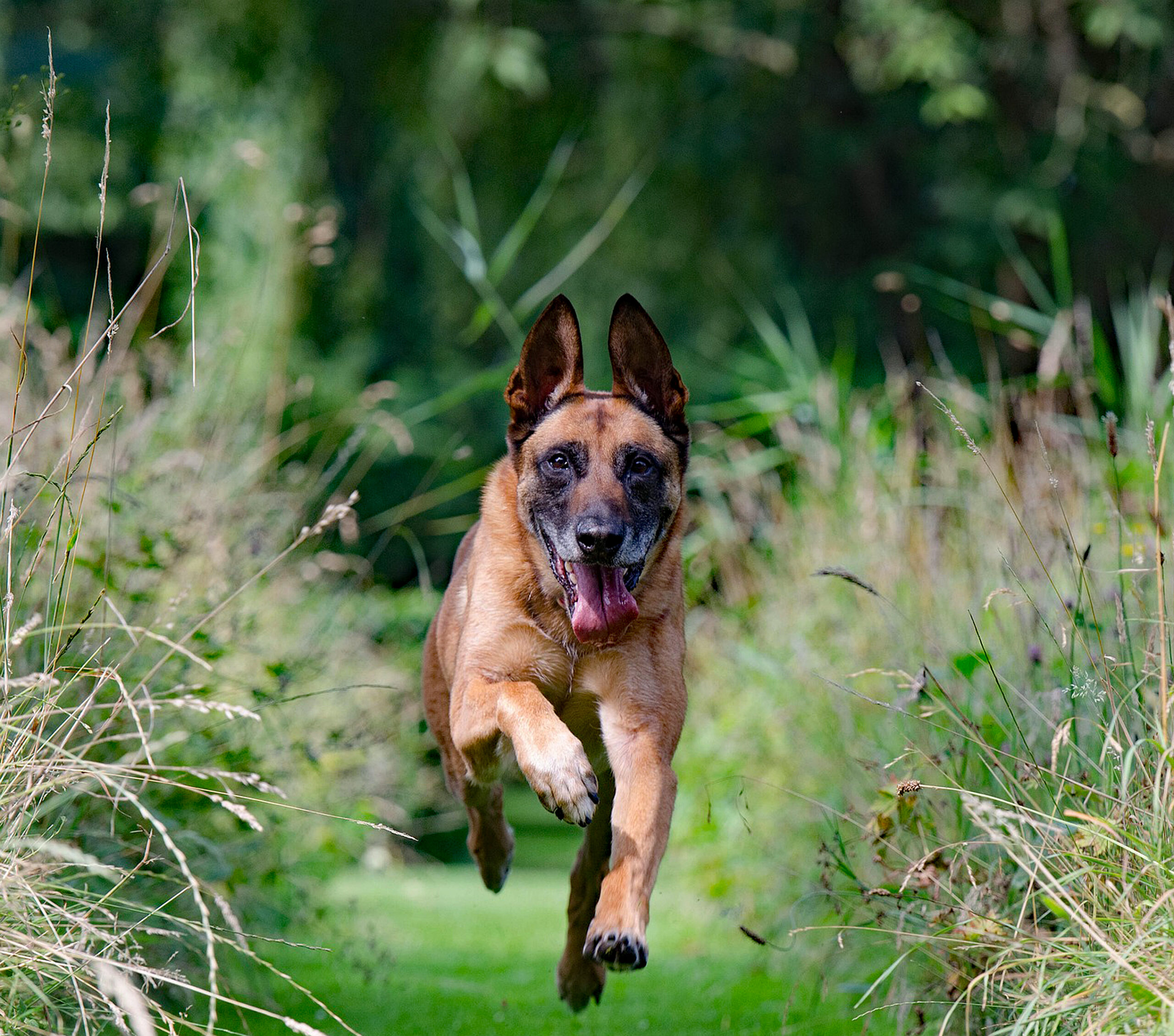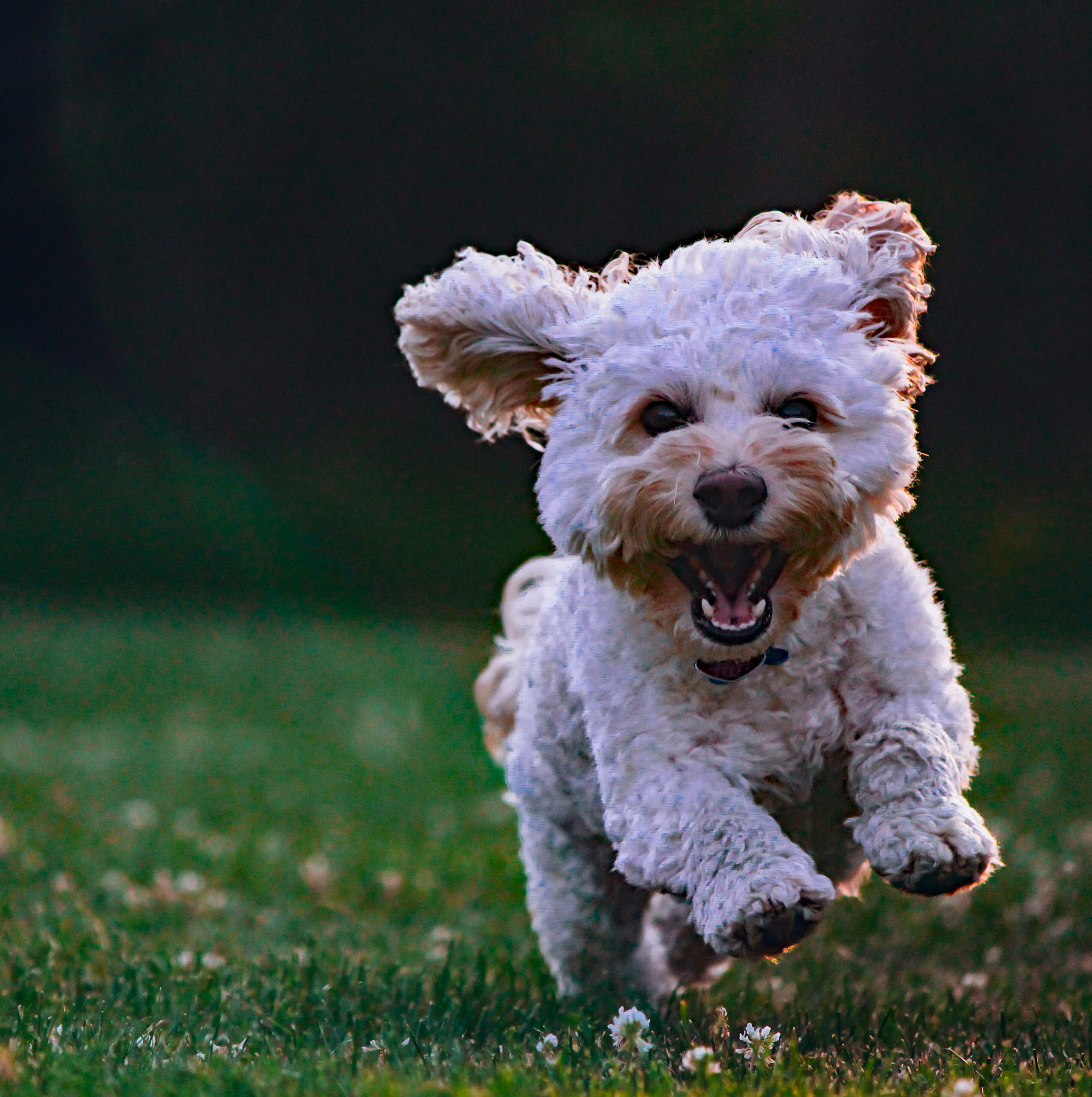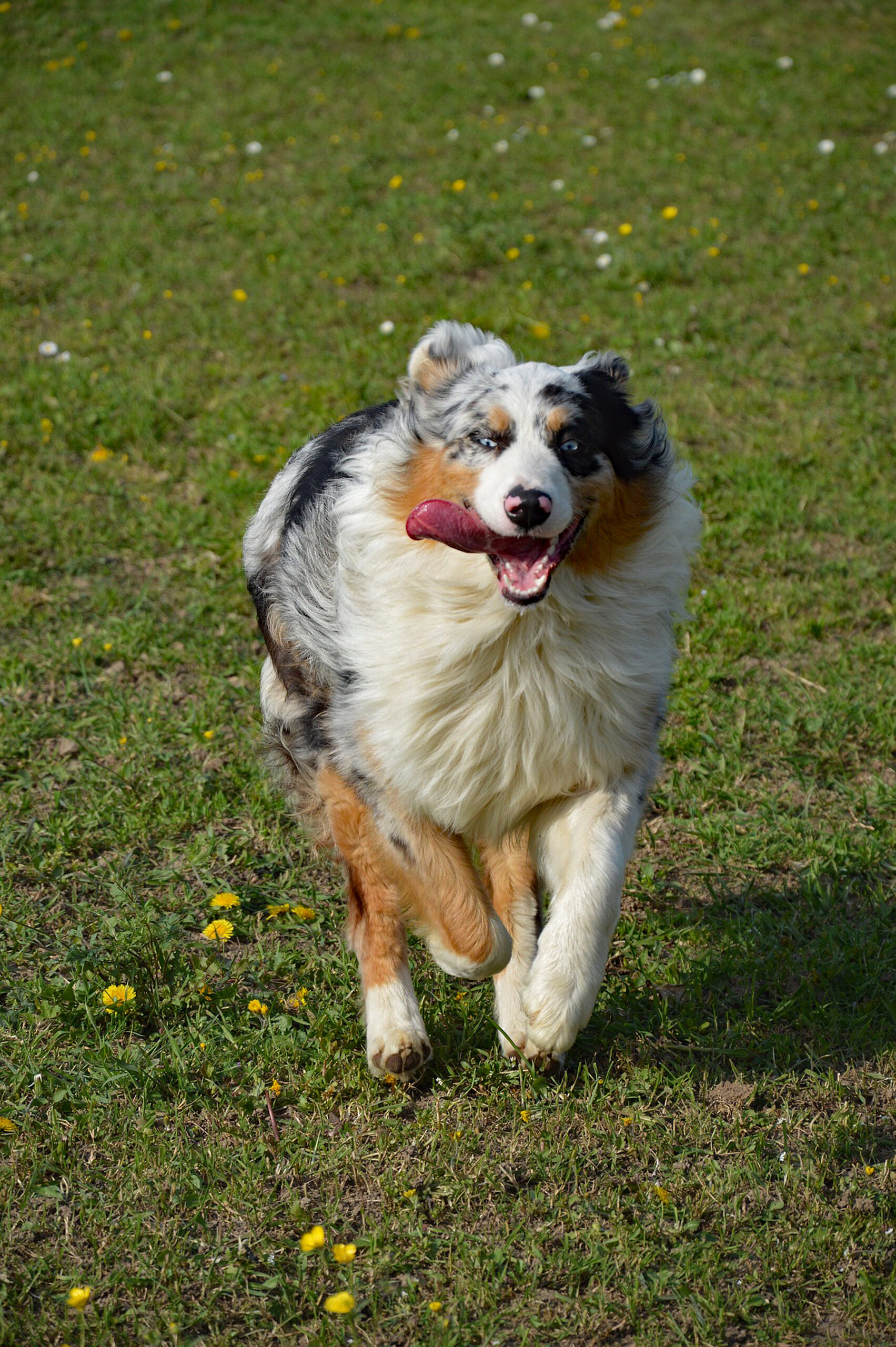Teaching a Really Reliable Recall

Alexandria, VA – As dog owners, we often face challenges teaching our dogs certain behaviors. These include walking nicely on a leash (no pulling), keeping four paws on the floor (no jumping), and coming when called (who me?). It’s not easy for our dogs to master these skills, as they require good self-control, modulating arousal, and feeling more connected to us than the environment. These are learned behaviors for most dogs, not innate.
When we talk about teaching a reliable recall, we must consider that we are asking the dog to ignore their instincts. The environment has so many exciting things for dogs to explore. But, since everything else out there is more exciting than us, we’re like chopped liver. The key to building a reliable recall is to create value in coming to you. It requires a conscious effort for your dog to associate coming to you as the most fun, rewarding thing in the world. It’s called building a “reinforcement history” for the desired behaviors. Here are some steps you can start right away for teaching a reliable recall:
Step One: Gaining a Dog’s Perspective
If you feel like you’ve tried everything but are not succeeding with recall, it may be because your actions inadvertently teach your dog not to come.
If your dog doesn’t come to you when you call them, your instinct is to repeat their name and the word “come” until they finally come. Unfortunately, this teaches your dog that they don’t have to come to you the first time you call them.

What if your dog doesn’t come, and you chase to catch up with them? Well, your dog sees this as a really cool game of chase and is overjoyed with excitement. When you finally catch up with your dog, what is your reaction? If you are frustrated, your response may not be positive. Your dog thinks, “Not only is the fun over but now I’m in trouble. I better not let them catch me next time.” Your dog is learning that being chased by you is fun, but being with you when caught is not so much fun.
Step Two: Positive Interactions
Your dog is always learning. That’s why it’s essential to remember that every interaction with your dog is a training opportunity. Start immediately with a new puppy or dog to make coming to you the bomb. Set up exercises with your dog that will reinforce your dog coming to you as a positive interaction. If you have had your puppy or dog for a while or even years, it’s not too late to make coming to you better than sliced bread.
Teach your dog that being close to you is good. The fun happens, play happens, and belly rubs happen. And, be aware that calling your dog to you when the outcome is negative, such as getting a bath, clipping nails, going to the vet, leaving the dog park or a fun play date, or taking their toy away, leaves a negative association. Dogs are excellent at making associations, both good and bad. In their minds, they think, will this be good or bad? So, ensure that it is only associated with good things when you say their name and the word come. Otherwise, you can see how your dog may learn that coming to you is likely not in his best interest.
Step Three: Set Your Dog Up for Success and Practice
As a rule of thumb, training should start with little distractions, like in a small space in your home. Once your dog has mastered one room, try another room. Dogs do not generalize well, so what you train in one room should be trained in all different places in your home. The first step is practicing recall in distraction-free environments and gradually adding to more challenging situations. Pretty soon, you’ll be able to practice outdoors or at the park with success.
Start by grabbing a few tasty treats, and say your dog’s name and the word “come” in an upbeat tone. Mark the behavior with a clicker or verbal marker, such as “yes,” and give them a treat. I call this the “In Your Face Recall.”

After you have primed the pump, repeat this exercise, but take one step back. When they come to you, give them a tasty treat and lots of praise. Call your dog using their name first to get their attention, followed by the verbal cue, “Come!”. You can also use “here” or any word of your choice to recall.
Be consistent and use the same word, but only say it once. There is a concept in learning theory called “learned irrelevance.” When you repeat cues over and over again, your dog will soon just tune it out. Just like kids! So, only say your recall word one time. If they don’t come, use other words and sounds, such as “puppy puppy,” “kissy noise,” “clap,” “whistle,” or anything, but don’t repeat the word “come.”
Every time your dog comes when called, you should act like a miracle has just happened…because it has. We want this miracle to happen every time your dog shows up. This means lots of praise, lots of high-value rewards, lots of fun, lots of play when they do come, and lots of practice. Before you know it, your dog will not only want to come to you, but they will also want to stick around.
Sandy Modell, CPDT-KA, is the Founder, Owner, and Head of Training of Wholistic Hound Academy, Alexandria’s award-winning, premier canine training and learning center — offering classes and private lessons in puppy training, adolescent and adult foundation and life skills, behavior modification, agility, nose work, sports and fitness, kids and dogs, and pre-pet planning and selection. Classes are starting soon! Visit www.wholistichound.com to enroll in our programs, like us on Facebook.com/wholistichound, and follow us on Instagram at Instagram.com/wholistichound.
ICYMI: Alexandria Veterans Organization Raises $15K for Plaques Honoring Local Soldiers Who Died in Vietnam




